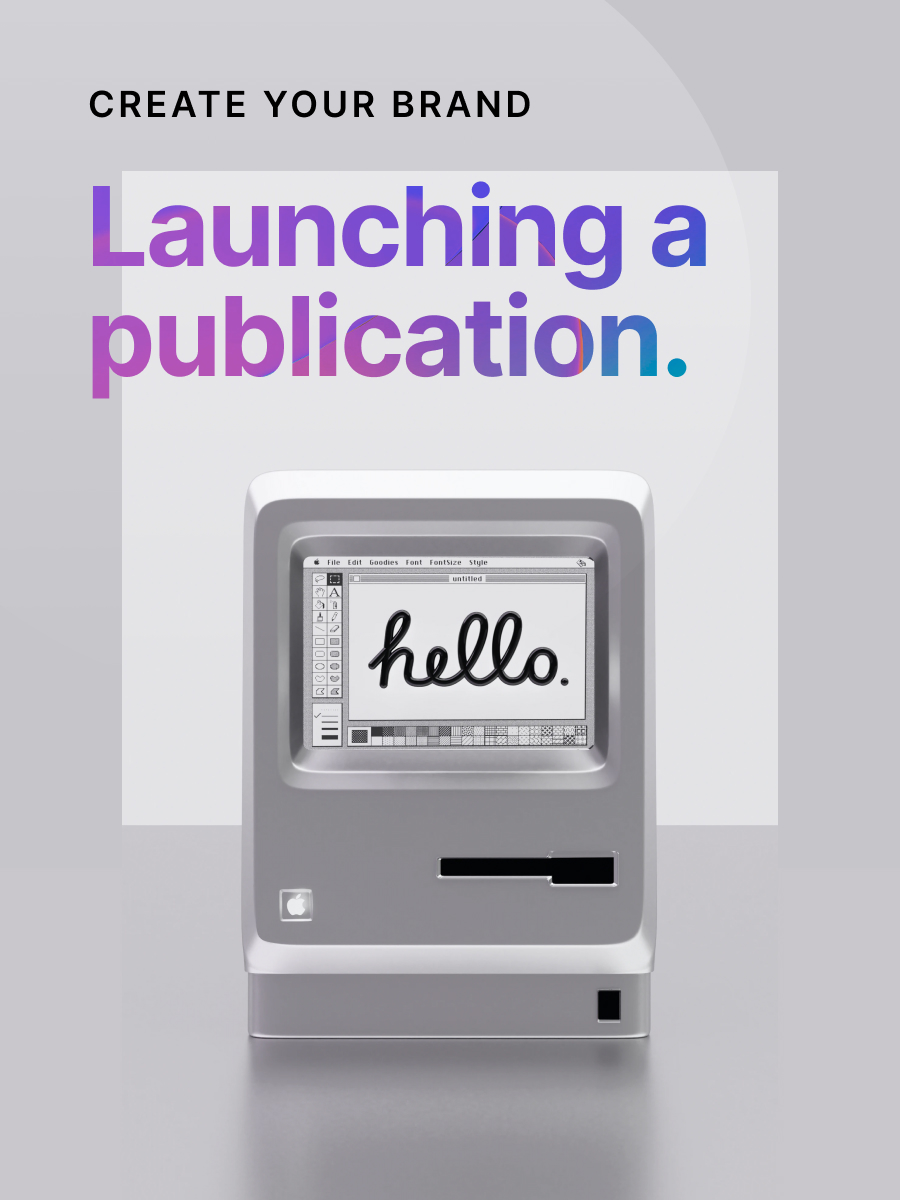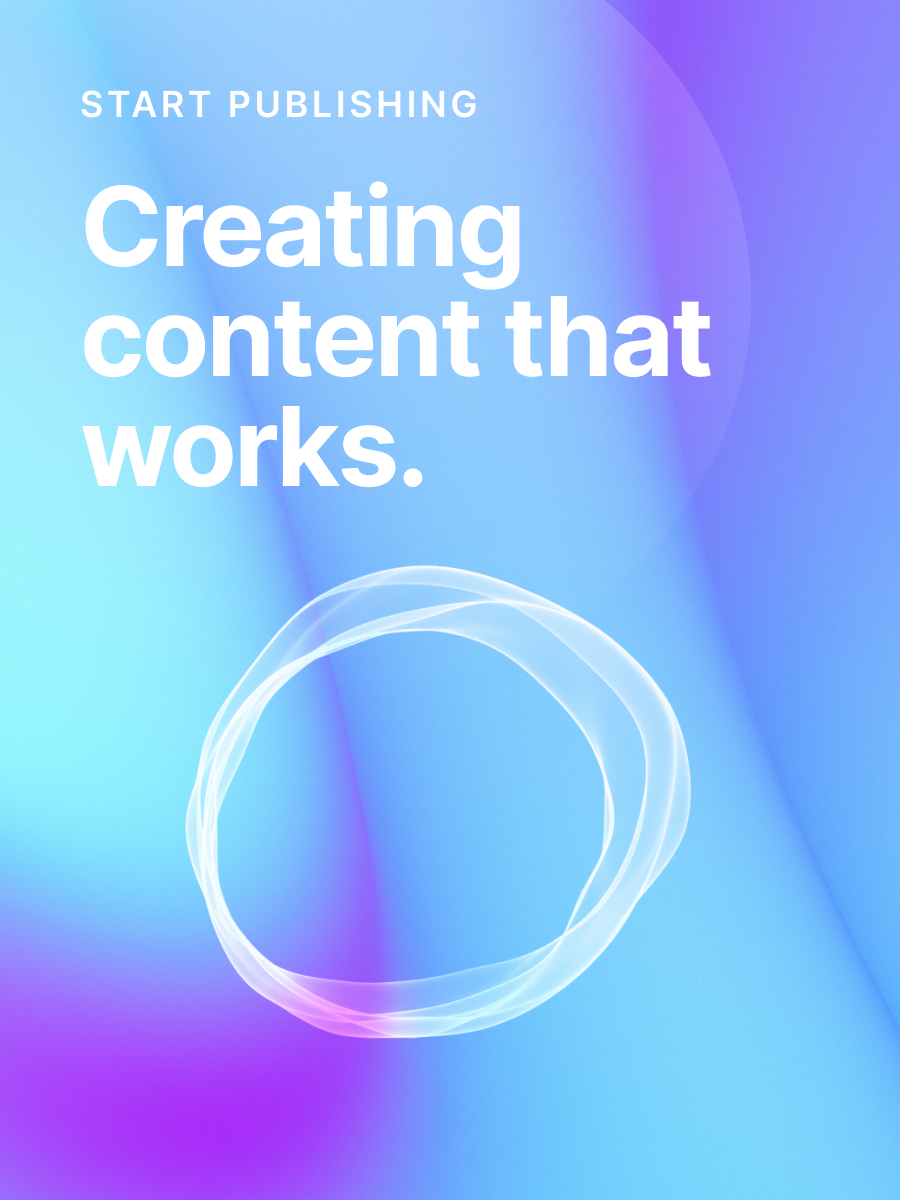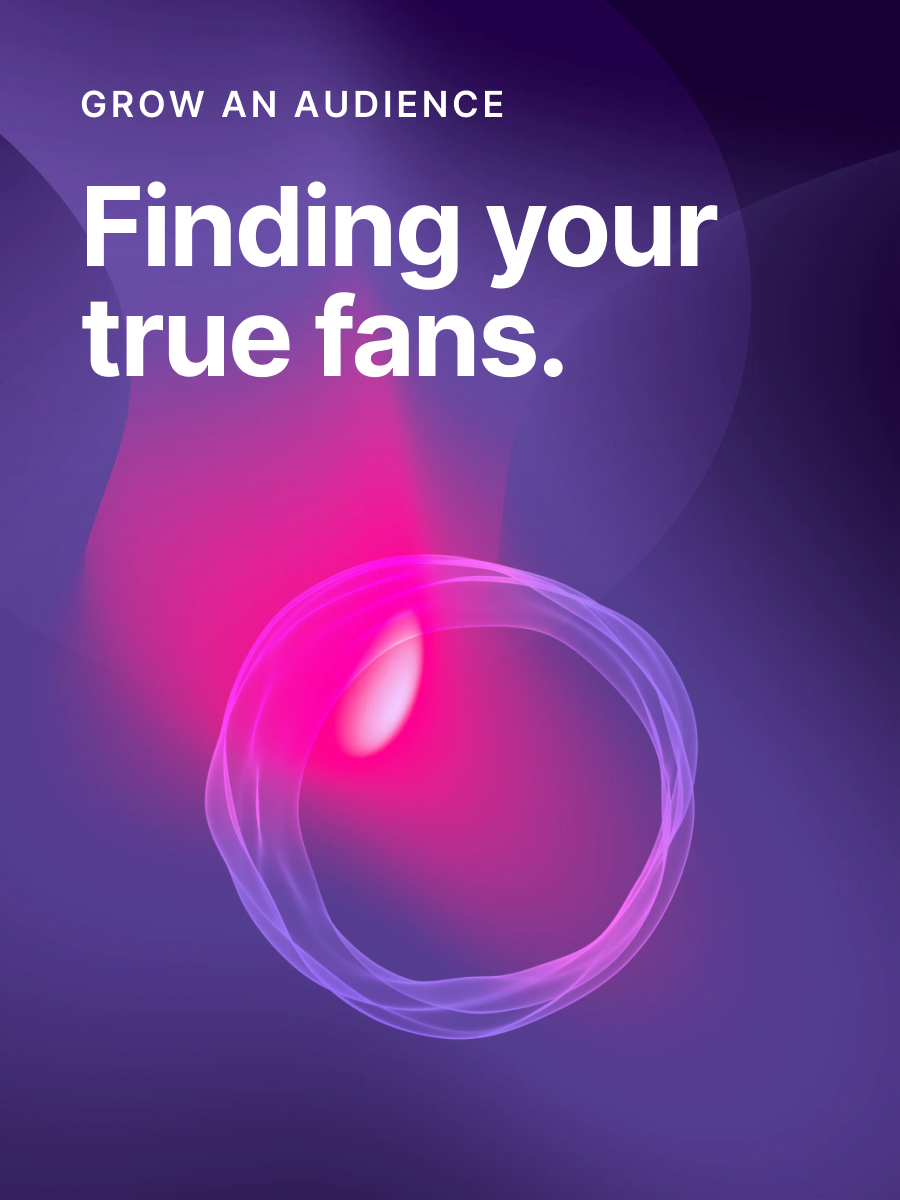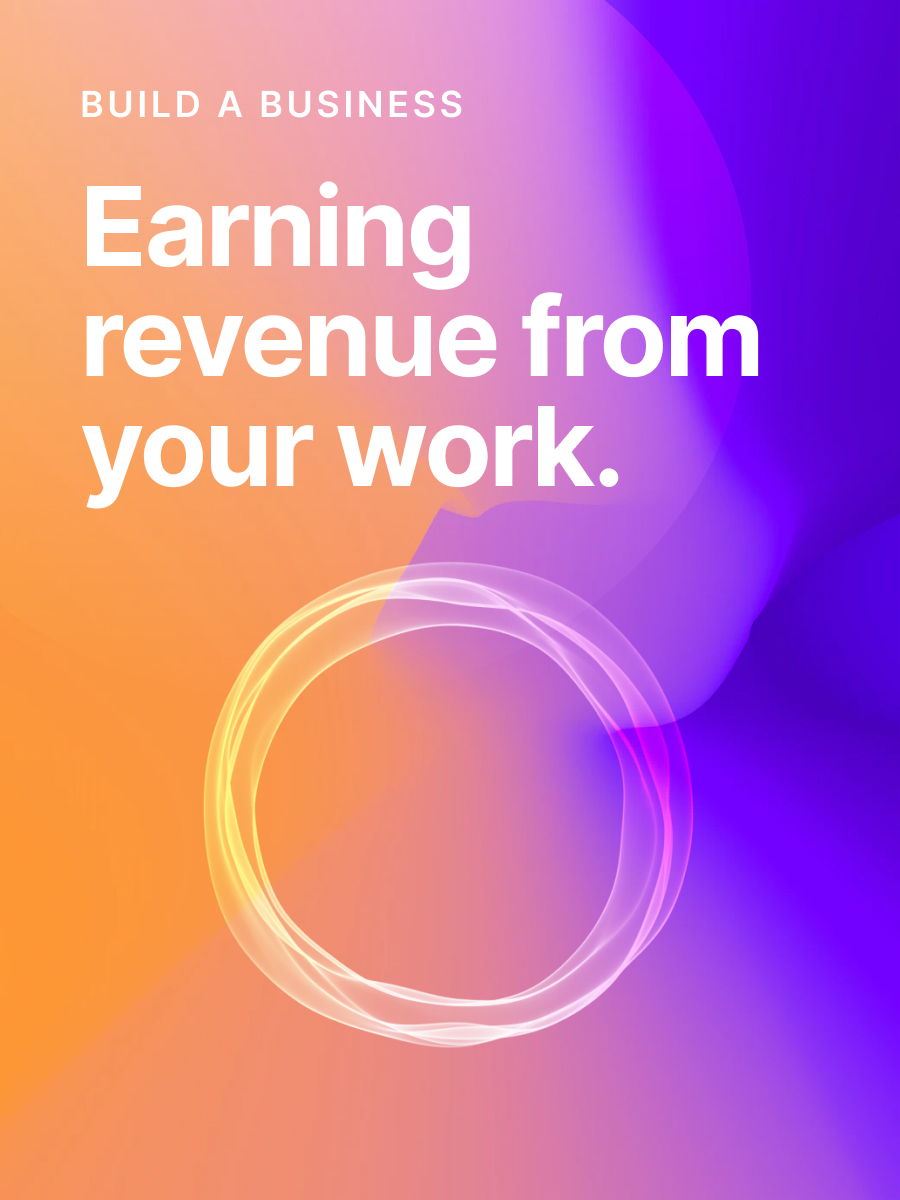#157 — Why you should monetize your content directly
This edition is dedicated to sharing stories and ideas about what you need to succeed in the creator economy landscape, from picking the right business model and platform to writing the best headlines.
Want to get featured below? Submit an article.
The Creator Economy is a relatively new term that is used to describe the fast-growing number of independent creators and publishers who are building businesses around their content. This newsletter has been focused on sharing the latest stories and ideas in this space for more than two years — before the term Creator Economy was coined. This edition is all about what you need to succeed in this landscape, from picking the right business model and platform to writing the best headlines.
💯 Top picks
Should you sell newsletter sponsorships?
Your business model is your destiny. — Ben Thompson
Deciding how to start monetizing your newsletter can be an exciting and intimidating process. Each method comes with its own set of pros and cons. The latest article from the Ghost blog offers publishers six questions to help them decide if the paid sponsorship route is right for them.
💸 Business models
How to go pro as a creator
Not knowing exactly what it would all come to is how I ended up a 10+ year “overnight” success.
John Gannon breaks down the 4-step process they used to grow their blog and newsletter combo into a $1MM+ annual revenue machine. For Gannon, it came down to following the basics while "unwittingly playing the long game": choose a medium you enjoy creating, keep your tech stack simple, reinvest the earnings back into the business, and hire help to grow.
The creator economy value chain
"The creator economy has seen a record $1.3B in funding in 2021 alone", and while tech companies are competing to take advantage of this broad-reaching value chain, the creators themselves are looking for ways to monetize their content more directly, to retain control over their revenue.
Related: This resource gives you the knowledge you need to pick a platform where you're in control — Open Subscription Platforms
Top 10 reasons small publishers should consider paid subscriptions
Direct subscriptions are arguably the most powerful monetization method for creators. This article from What's New in Publishing dives into the reasons for this including their predictability, compound effect benefits, and long-term creative control. Furthermore, these advantages are as accessible for solo-creators as they are for large organizations.
8 ways smaller newsrooms can make audio pay
It can feel as though smaller creators have access to fewer monetization options than their larger counterparts. This article counters that idea by listing several ways growing publishers can earn revenue in the same way bigger companies do. These include using marketplace intermediaries to automatically sell and place ads, creating branded content campaigns, and seeking out local sponsors with whom you can build ongoing relationships.
Related: Apple and Spotify paid-for subscriptions: what does it mean for publishers? — Journalism.co.uk
📝 Modern publishing
How can photojournalists build trust through their work?
The American Press Institute examines how images influence the stories they are a part of. Whether pictures are a significant part of your publication or not, this piece raises important questions every publisher should consider such as what value does this image add, is it accurate, and how could it be misinterpreted?
Gen Z remains an enigma for many media companies
As the next generation comes of age, companies are gathering as much information as they can about their media consumption habits. Two points that stand out from this article are: their digital starting point is social media and they prefer video. Therefore, publishers who are looking to reach this group should expect to invest in video content that exists outside of their own website or YouTube.
BuzzFeed will go public. Here’s what it told investors about the future of digital media.
BuzzFeed plans to go public at a valuation of approximately $1.5 billion. Why this matters for publishers is that more information about their business model will be released than ever before. The short of it is this: ads are terrible long-term growth. Instead, they plan to pursue three new revenue streams: e-commerce, acquire smaller profitable media companies, and
📬 Email newsletters
How to write an irresistible headline in 3 easy steps
The team at Ahrefs reveals the process they use to consistently create reader-engaging, SEO-friendly headlines. Their advice boils down to three distinct steps: choose a format (list, tutorial, opinion, review, comparison), add an interesting angle (i.e., clear value proposition), and make it human by including trigger words.
Facebook’s newsletter platform Bulletin is now live
Facebook's Substack clone officially launched with a number of high-profile characters including Malcolm Gladwell, Erin Andrews, and Mitch Albom. Bulletin allows users to subscribe and comment on published newsletters. However, it appears that Facebook is still hand-selecting its initial users, thereby keeping it closed off to the masses for now.
💻 Technology
'Headlines in real time': The Wall Street Journal makes "live journalism" a hit during the pandemic
The pandemic accelerated innovation in multiple industries, publishing being one of them. One of the trends that seem to have staying power is the addition of livestreaming as a core element of a publisher's offerings. The Wall Street Journal has experienced a lot of success with their digital-first events and unscripted live interviews. Going forward, they are looking for ways to expand their offerings, as are many of their competitors.
Super Follows and Ticketed Spaces are coming to Twitter
Twitter announced more details about their monetization options for creators. Super Follows allow paying users to access additional/exclusive content from their favorite people. Ticket Spaces act as micro-private communities built around audio rooms. The largest controversy surrounding these elements is the fee: the in-app purchase fee coupled with Twitter's take shaves off a full 50% from any creator's earnings.
❤️ Enjoy this newsletter?
Forward to a friend and let them know where they can subscribe (hint: it's here).
Wanna get featured? Submit a story for us to include.
Anything else? Hit reply to send us feedback or say hello.
Join the invite-only community! Connect with like-minded people who create content professionally. Fill out this form to get on the list!






